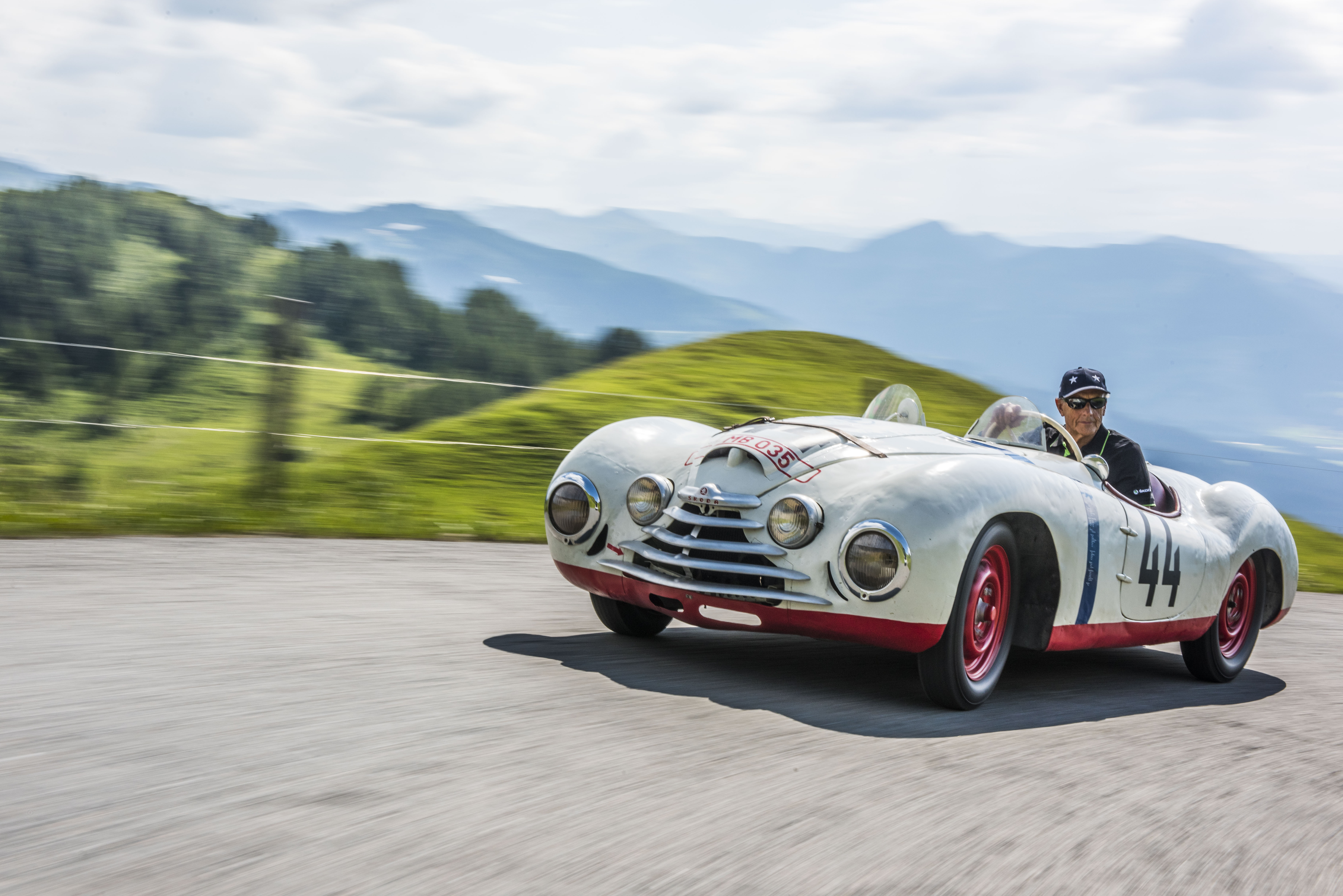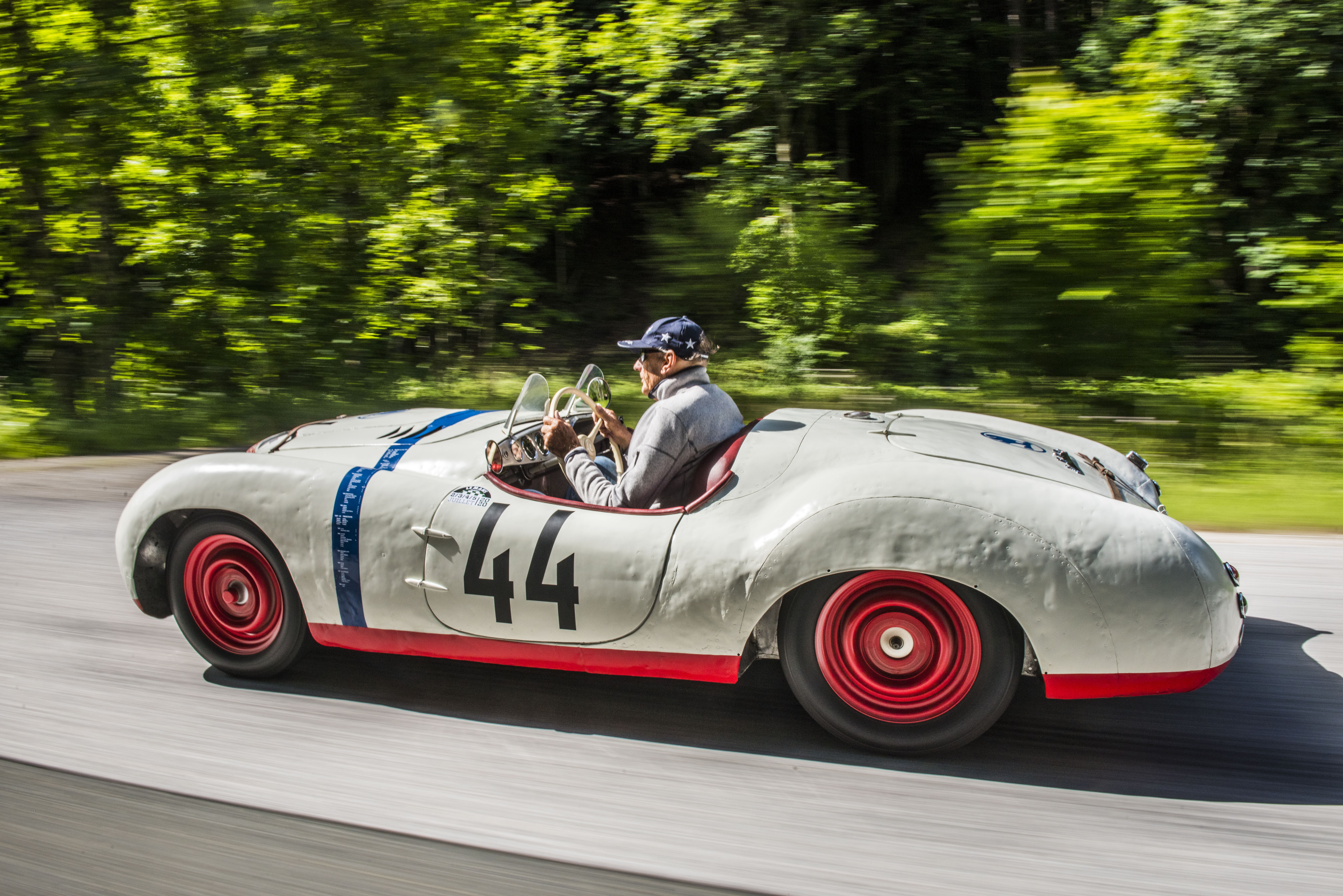Hans-Joachim Stuck and ŠKODA Sport
Racing legend Hans-Joachim Stuck has a wealth of experience with the 24 Hours of Le Mans race. Now 69 years old, the driver took part in the race nineteen times (last in 1998). Twice he contributed to his team’s victory in the absolute rankings, as well as two second places and three third places (and one category victory). Stuck is well aware of how tough this race is and how success depends on a combination of the drivers’ performance, the team and the technology.
This experience is one reason why he has boundless admiration for the ŠKODA team’s efforts in 1950. “I have to take my hat off to them. Leaving the world behind the Iron Curtain and setting off for Le Mans was a very difficult decision,” he says about the ŠKODA Motorsport team of the time. He acknowledges that racing in the 1950s was very tough. “The drivers from that period were true heroes. Driving those cars was difficult, with no power steering, no power brakes, no electronics or telemetry or ABS or radio link to the pits... When something happened, the driver had to repair the car on the track,” says Stuck, listing the pitfalls that today’s drivers never face.
And he bows to the ŠKODA Sport car as well. “It’s such fun to drive. The rear end has always been a racing driver’s most important sensor, and on this car you really feel how the steering and suspension are working, you know exactly what the car is doing. The brakes were ahead of their time, without doubt,” Stuck says in praise of the unique car. “When race-ready, fuelled up and with tools and some spare parts, the car weighed just around 700 kilograms. That’s nothing. And Le Mans has quick and long curves that are great to drive in a light car,” Stuck adds shortly after taking a ride in a carefully restored car.
 Hans-Joachim Stuck and Derek Bell at Le Mans in 1987
Hans-Joachim Stuck and Derek Bell at Le Mans in 1987










































